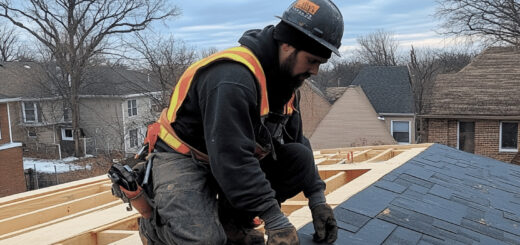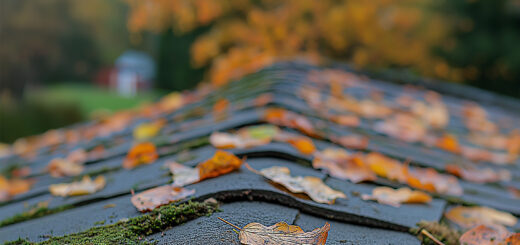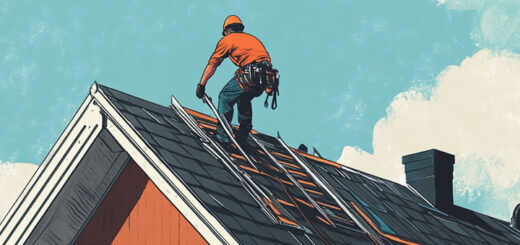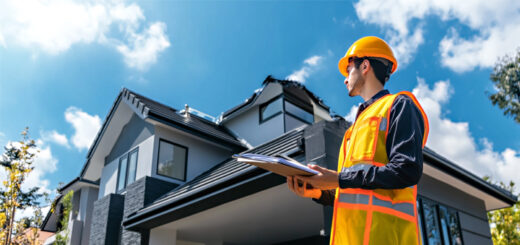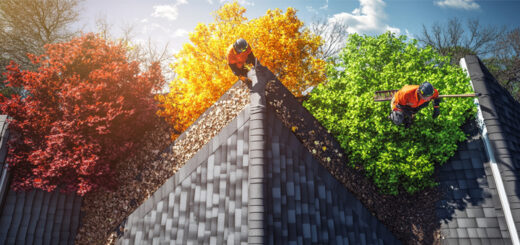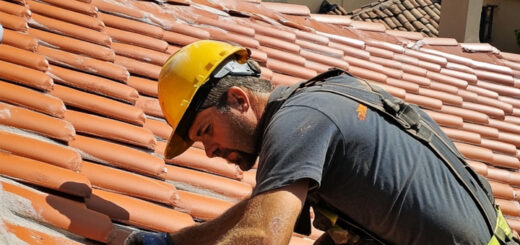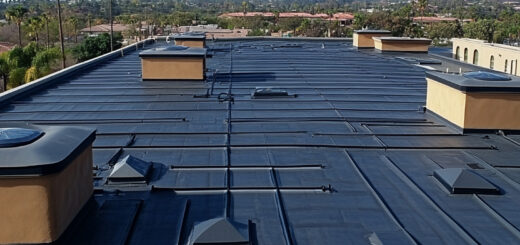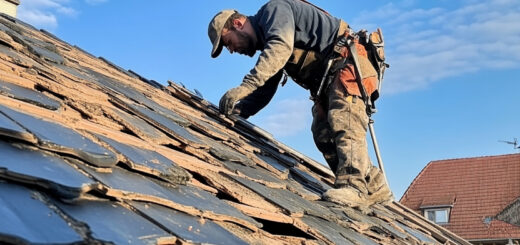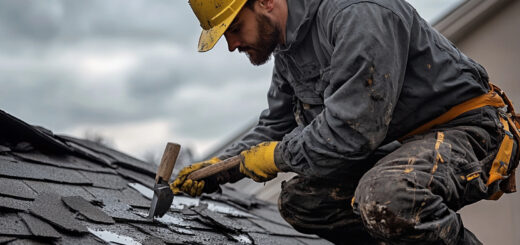Roof Leaks and Water Damage Inside Your Home
Roof leaks are more than just a minor inconvenience; they can lead to significant water damage if not addressed promptly. When water seeps through your roof, it can cause structural damage to your home, including weakened beams, mold growth, and compromised insulation. This is why immediate attention to roof leaks is crucial for effective water damage prevention.
Regular roof maintenance plays a pivotal role in safeguarding your home from potential water damage. By conducting routine inspections and addressing minor issues before they escalate, homeowners can prevent costly repairs down the line. Roof repair should be prioritized at the first sign of trouble—whether it’s missing shingles, damaged flashing, or visible signs of moisture inside the home.
In addition to protecting the structural integrity of your house, prompt action on roof leaks helps maintain a healthy living environment. Water infiltration can lead to mold and mildew growth, which pose health risks to occupants. Therefore, investing time and resources into regular roof maintenance and swift repairs not only preserves the value of your property but also ensures the well-being of those who live there.
In summary, addressing roof leaks promptly is essential for preventing extensive water damage and maintaining a safe and durable home. Prioritizing regular inspections and timely repairs will save homeowners from future headaches and expenses associated with neglected roof issues.
Common Causes of Roof Leaks and How to Identify Them
A leaking roof can be a homeowner’s nightmare, leading to costly repairs if not addressed promptly. Understanding the common causes of roof leaks and knowing how to identify them can save you time and money.
One of the primary causes of roof leaks is damaged or missing shingles. Over time, shingles can crack, curl, or even blow off during storms, exposing the underlying materials to moisture. Regularly inspecting your roof for any visible damage is crucial.
Another frequent culprit is clogged gutters. When gutters are filled with leaves and debris, water can back up and seep under the roofing material, leading to leaks. Ensuring that your gutters are clean and free-flowing will help prevent this issue.
Flashing issues are also a common cause of roof leaks. Flashing is used around chimneys, vents, and skylights to create a watertight seal. If the flashing becomes loose or deteriorates over time, it can allow water to penetrate your home’s interior.
Additionally, aging roofs naturally become more susceptible to leaks as materials wear out over time. If your roof is approaching its expected lifespan—typically 20-30 years for asphalt shingles—it may be time for a replacement.
To identify signs of a leaking roof early on, look for water stains on ceilings or walls inside your home. These stains often indicate that water has found its way through the roofing material and into your living space. You might also notice damp spots in your attic or an increase in mold growth due to excess moisture.
By understanding these common causes of roof leaks and regularly inspecting both the exterior and interior of your home for signs of trouble, you can address minor issues before they become major problems.
The Impact of Water Damage on Your Home’s Structure and Health
Water damage can have a profound impact on both the structure of your home and the health of its occupants. When water infiltrates your home, it can compromise the integrity of building materials such as wood, drywall, and insulation. Over time, this leads to structural damage that may manifest as sagging ceilings, warped floors, or even foundational issues. Home structure damage from leaks is often insidious; what starts as a minor leak can escalate into significant architectural problems if left unaddressed.
Beyond structural concerns, water damage creates an ideal environment for mold growth. Mold from water damage is not just unsightly but also poses serious health risks. Exposure to mold spores can lead to respiratory issues, allergic reactions, and other health complications. Individuals with pre-existing conditions such as asthma or weakened immune systems are particularly vulnerable.
The health risks from water damage extend beyond mold alone. Damp environments are breeding grounds for bacteria and other pathogens that can affect indoor air quality and overall well-being. Addressing water damage promptly is crucial not only for maintaining the structural integrity of your home but also for safeguarding the health of its residents.
In conclusion, understanding the effects of water damage on your home’s structure and health underscores the importance of timely intervention and repair. By staying vigilant about potential leaks and addressing them swiftly, you can prevent costly repairs and protect your family’s health in the long run.
Preventive Measures to Avoid Roof Leaks and Water Damage
Maintaining the integrity of your roof is crucial in preventing leaks and subsequent water damage. Here are some essential roof maintenance tips to help you protect your home:
- Regular Roof Inspections: Conducting regular roof inspections, ideally twice a year, can help identify potential issues before they become major problems. Look for signs of wear and tear, such as cracked or missing shingles, and address them promptly.
- Gutter Cleaning Tips: Clean gutters play a vital role in preventing roof leaks. Ensure that gutters are free from debris like leaves, twigs, and dirt to allow proper water drainage. Clogged gutters can cause water to back up under the roof, leading to leaks.
- Attic Ventilation: Proper attic ventilation helps regulate temperature and moisture levels in your home. Poor ventilation can lead to condensation buildup, which may eventually cause water damage to the roofing structure.
- Trim Overhanging Branches: Trees with branches hanging over your roof can be problematic during storms or high winds. Trim these branches regularly to prevent them from damaging shingles or creating pathways for pests.
- Check Flashing and Seals: Flashing around chimneys, vents, and skylights should be inspected periodically for cracks or gaps where water might seep through. Re-seal any areas showing signs of wear with appropriate materials.
By following these preventive measures and staying proactive about roof maintenance, you can significantly reduce the risk of leaks and protect your home from costly water damage repairs in the long run.
Steps to Take When You Discover a Roof Leak in Your Home
Discovering a roof leak in your home can be a stressful experience, but taking immediate and informed steps can help minimize damage and repair costs. Here are essential steps to take when you discover a roof leak:
- Contain the Leak: The first thing to do when your roof leaks is to contain the water as much as possible. Place buckets or containers under the drip to catch the water and prevent it from spreading further into your home.
- Identify the Source: If it’s safe, try to locate where the water is entering your home. This will help you explain the situation more accurately to professionals later on.
- Move Valuables: Quickly move any furniture, electronics, or valuable items away from the affected area to prevent further damage.
- Address Water Damage Immediately: Use towels or mops to soak up standing water and dry out wet areas as much as possible. Addressing water damage immediately is crucial in preventing mold growth and structural issues.
- Temporary Fixes: If you’re able, apply temporary patches using roofing tape or tarps over visible holes or cracks from inside your attic until professional help arrives.
- Document Everything: Take photos of the leak, damaged areas, and any items that have been affected by water for insurance purposes.
- Call a Professional: Contact an emergency roof repair service right away for a thorough inspection and permanent fix of your roof leak.
By following these emergency roof leak repair steps promptly, you can mitigate extensive damage and ensure that your home remains safe and dry until professional repairs are completed.
The Role of Professional Help in Repairing Roof Leaks and Mitigating Water Damage
When it comes to repairing roof leaks and mitigating water damage, professional help can make a significant difference. Hiring a roofer for repairs ensures that the job is done correctly and efficiently, reducing the risk of further damage. Professional roofing services have the expertise and tools necessary to identify the source of leaks, even those that are not immediately visible.
One of the primary benefits of professional water damage restoration is their ability to address both immediate and long-term issues. Water damage can weaken structural components, promote mold growth, and lead to costly repairs if not handled promptly. Professional services use advanced techniques and equipment to thoroughly dry out affected areas, sanitize surfaces, and restore damaged materials.
Moreover, professional roofing services often provide warranties on their work, giving homeowners peace of mind that future issues will be covered. They also adhere to safety standards that protect both workers and residents during repair processes.
In summary, hiring a roofer for repairs and seeking professional water damage restoration offers comprehensive solutions that safeguard your home’s integrity while preventing further complications down the line.

